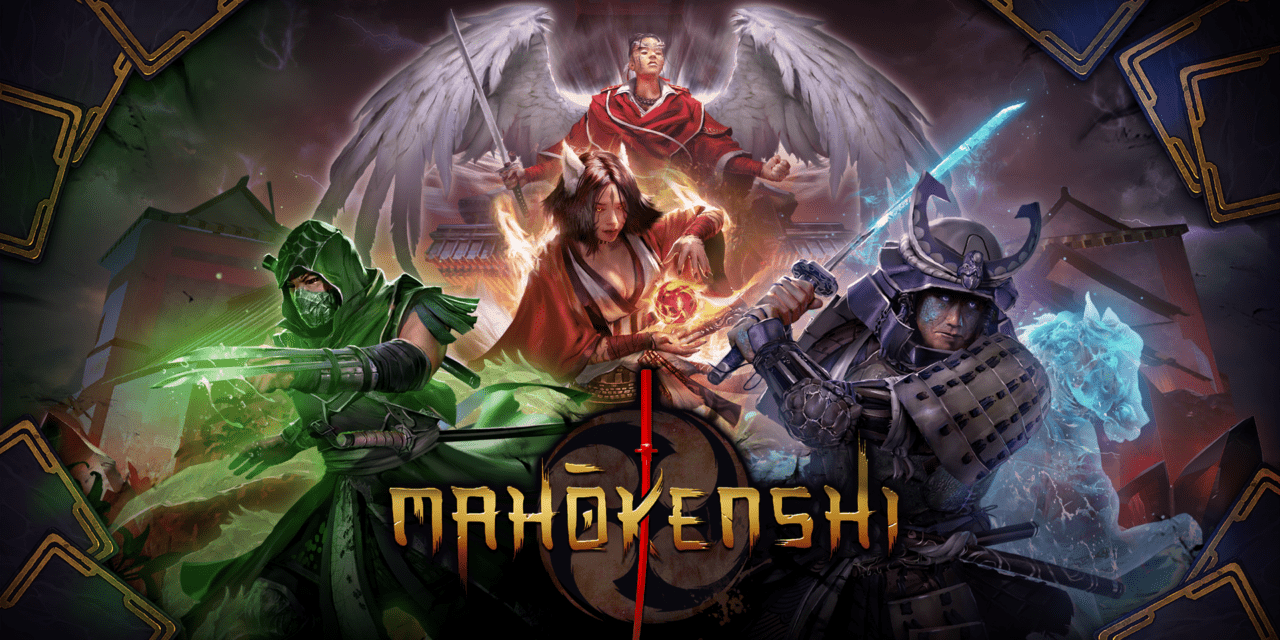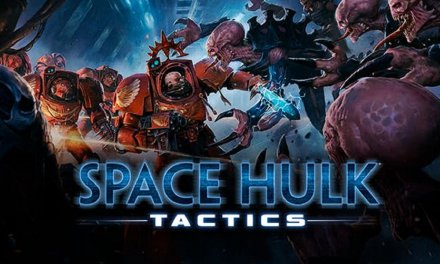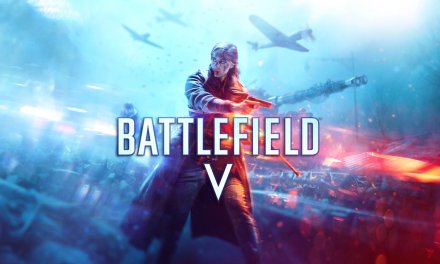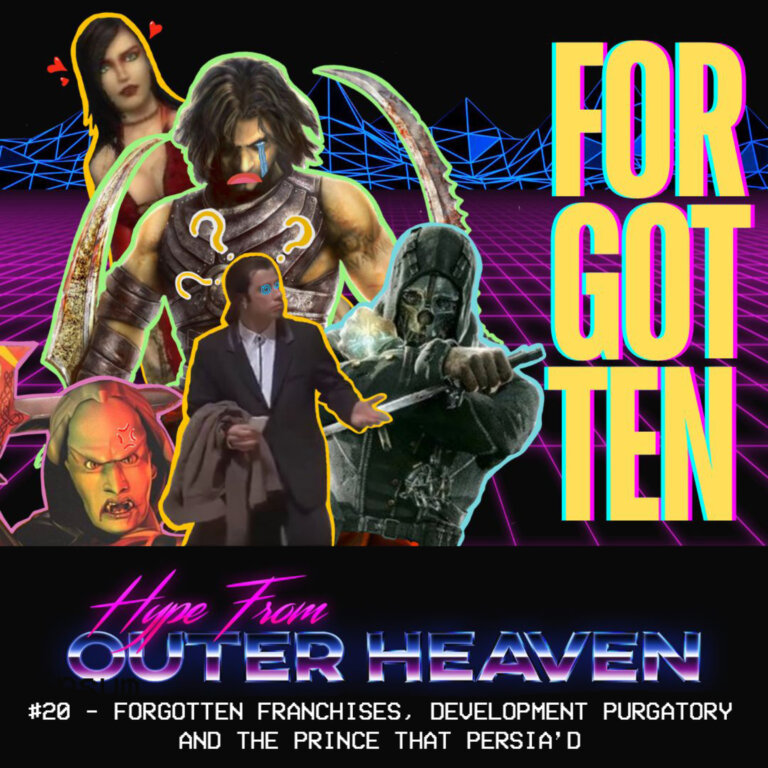A Top Down Strategy Deck Building Samurai Delight
Samurais, Goblins, Card-based strategy set in a fantasy ancient Japanese setting, need I say more? I will start this review by stating I played this on my Steamdeck. I will go in-depth later in this review, but I will say, for starters, that I had a great experience while playing and was impressed with how well it worked. Mahokenshi Is heavily inspired by Slay The Spire card-based strategy, where you build decks to complete your missions. The added element that Mahokenshi brings to the table is it brings the game to life.
The game starts with a cut scene and engages you with the world you are about to embark on. You are plunged right into a tutorial. The game is grid-based, and each mission has its scenery and world design. Think like a table top game, a top-down view.
The graphics looked nice on the Steamdeck. I was playing on the medium setting and experienced no problems. I turned the graphics up to max settings, and where I didn’t have any issues with the actual gameplay itself, I found slowdowns when transitioning to the pop-up messages and opening up menus. The world’s design is very bright and colourful, and the grid gives you a sense that you are floating in the sky with clouds around you on top of mountains.
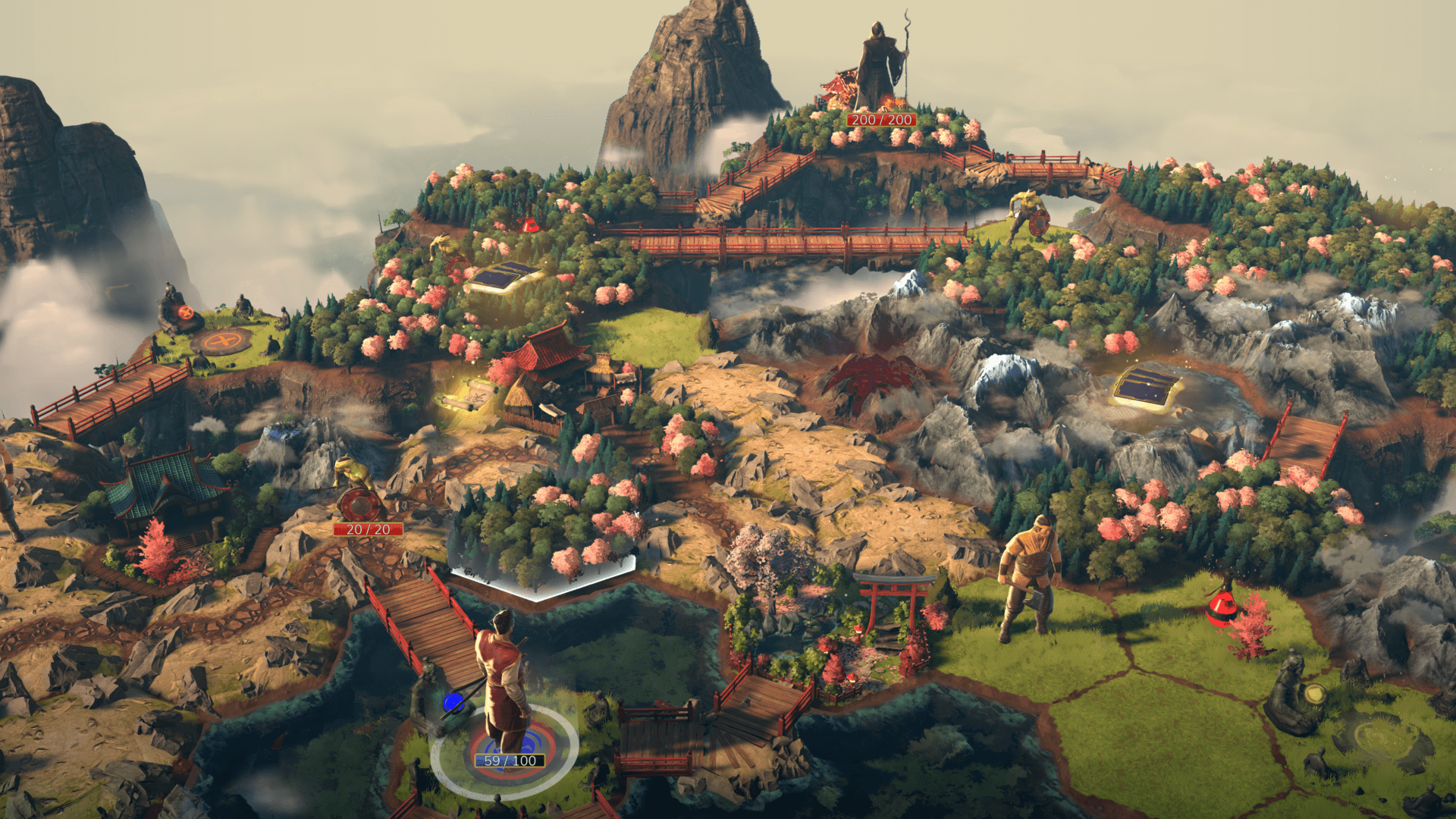
You are playing as Ayaka. She is fearless and aggressive. Here is where we learn the basics, which I quickly picked up, due to my past experiences with similar games. That being said, the developers have done an excellent job explaining what we need to know to play the game. Playing on the Steamdeck after a few tweaks to the mouse speed functions, the game controlled perfectly, and I was surprised at how well it was. Something for us gamers and developers to consider as it translates well on the handheld system.
As you begin, you get basic cards that you use as actions to interact with the world. Like most top-down strategy games, you can perform a set amount of actions within each turn. At first, you only have four actions per turn. So that involves traversing the land. The land is split into tiles or grid panels. One action is used every time you move, and depending on the terrain, they can take up more than one action.
The first set of cards you get is just used to manoeuvre across the tougher terrains to reduce action costs. You encounter your first battle quickly; here is where your first battle set of cards comes into play. The actions look good, nothing mind-blowing. You slice your sword at the enemy, and the blood effects are nice yet simple. As you progress throughout the game you unlock a lot more actions and some of the effects are really impressive. At first the combat is straightforward and you will ease through the tutorial. However the game does become challenging and using tactics to overcome the enemies is a must.
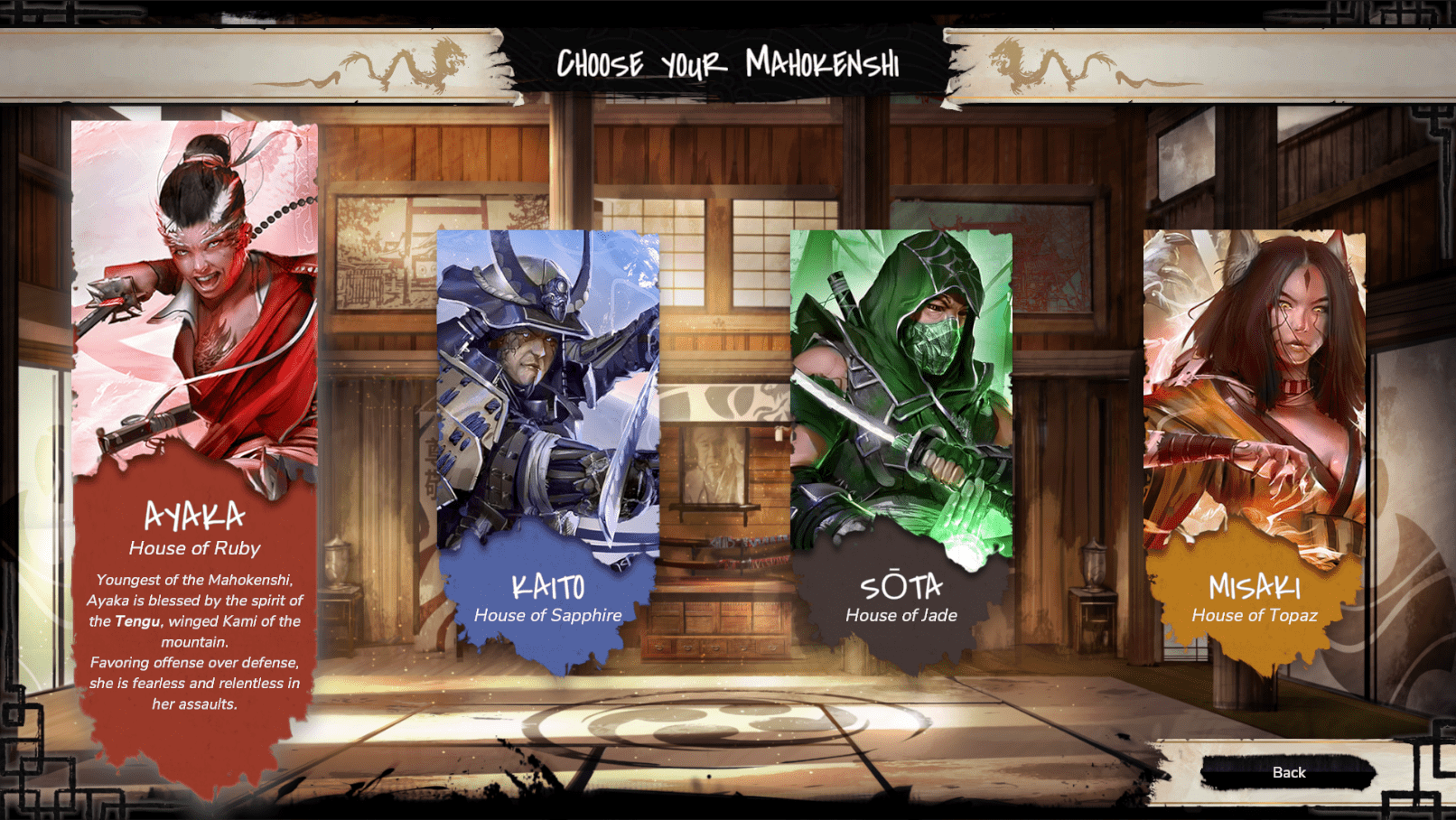
Mahokenshi tells the story and interactions with characters and shops through a pop-up script. Much like the older adventure-style games back in the 1990s. This was a setback for me as I prefer a more interactive style between interactions in my adventure-style games. It’s why I could not get into Pillars Of Eternity. When a game throws a lot of text to read, it takes me out of the immersion. This is just a personal preference, and I know plenty of gamers who prefer this style. I feel that when you interact with NPCs or go to town or village to buy cards or upgrade them, if there was some animation, it would have made the world much more immersive for me.
After completing the tutorial, the fantasy starts to come into the game. Goblins are introduced, and they look exactly how you can imagine them. They were generic-looking Goblins, but the designs of the later enemies had some excellent inventive ideas. I didn’t have access to the other heroes in the game as of reviewing this, but there’s a green ninja that I wanted to play as. He has a fantastic design, and I am a big fan of ninjas, so I’m biased there. There are four characters to unlock, and from what I can tell, each offers a different gameplay style.
Mahokenshi is definitely on the higher end of well-developed Indie Games. The developer’s Game Source Studio clearly have a passion for strategy grid-based games and knows what they are doing. I will continue to be playing this game long after its release. I’m excited to try a lot of the card synergies you can do. I found myself being defensive in the game rather than offensive, which surprised me because I’m usually very offensive in strategy games.

